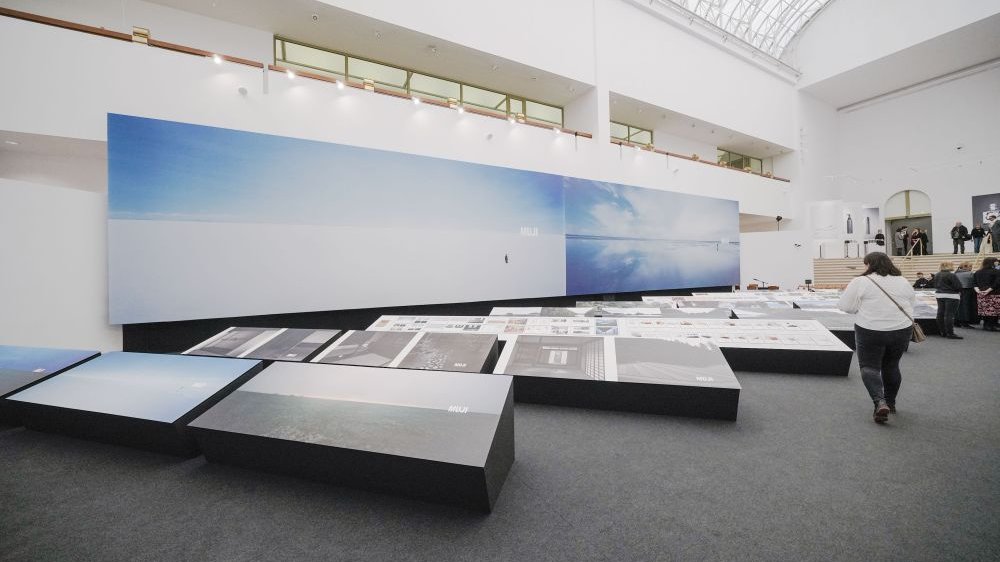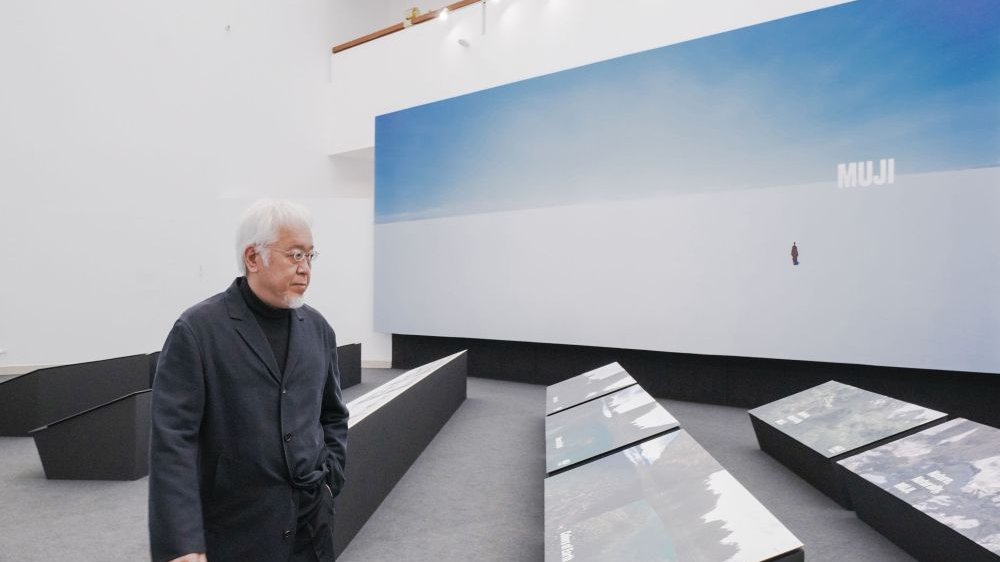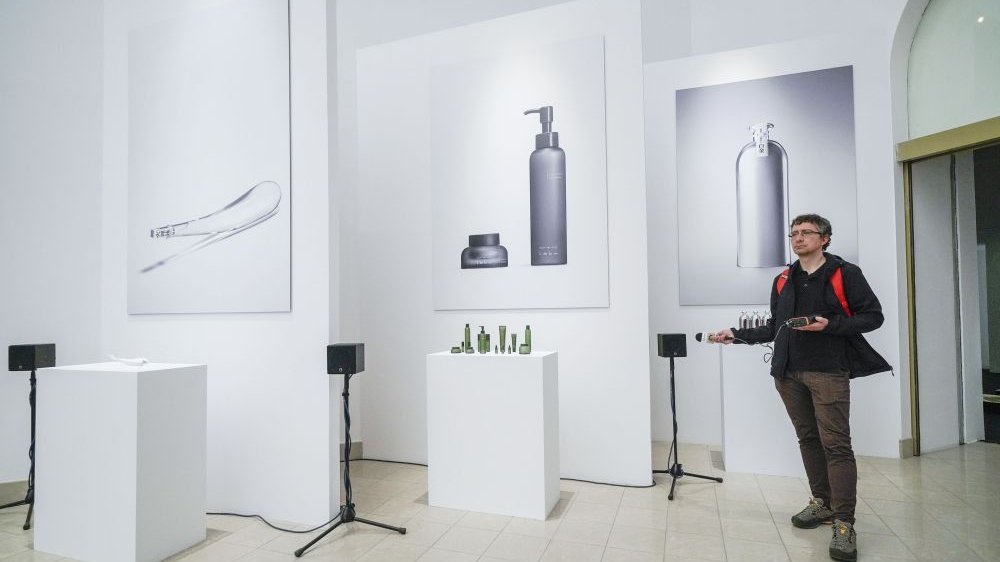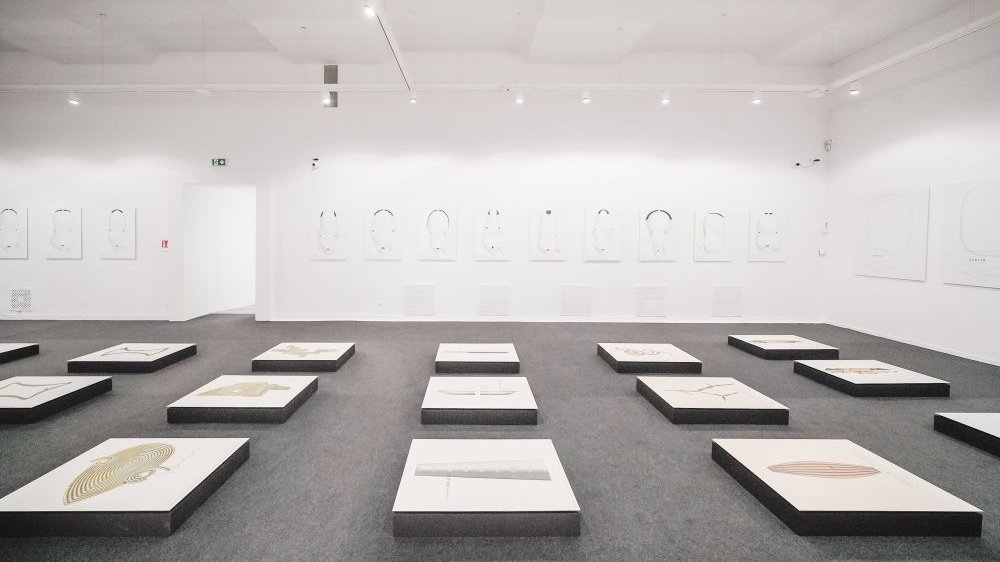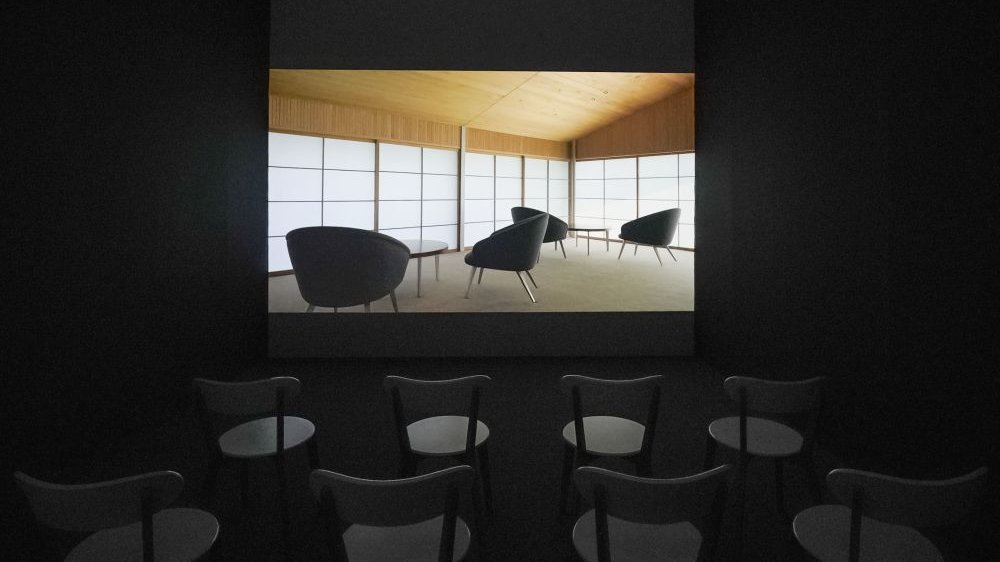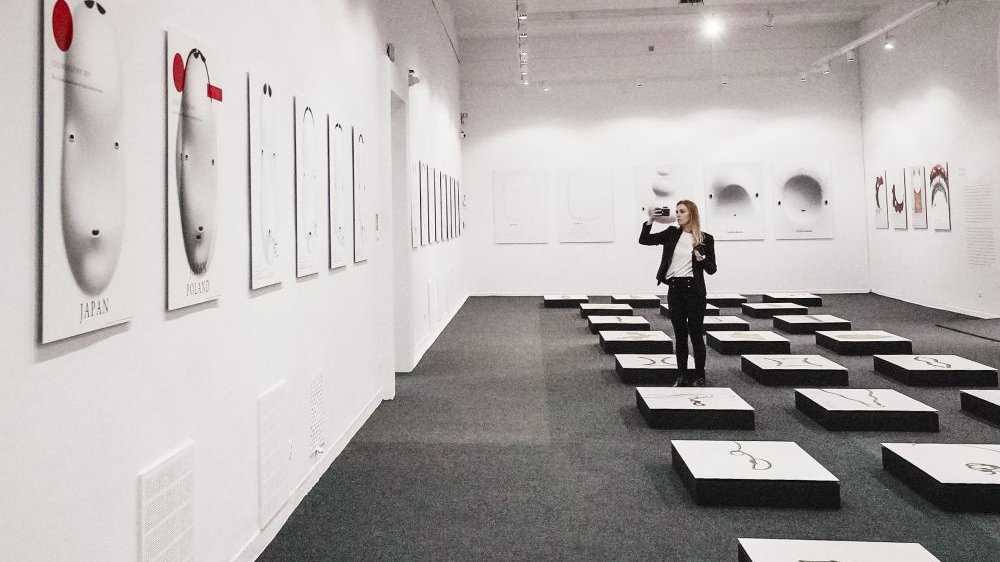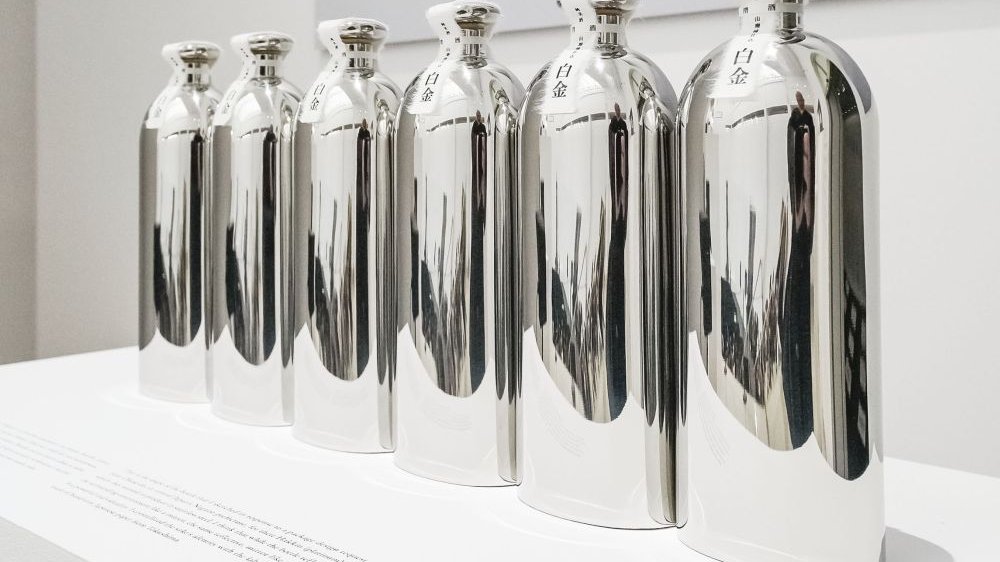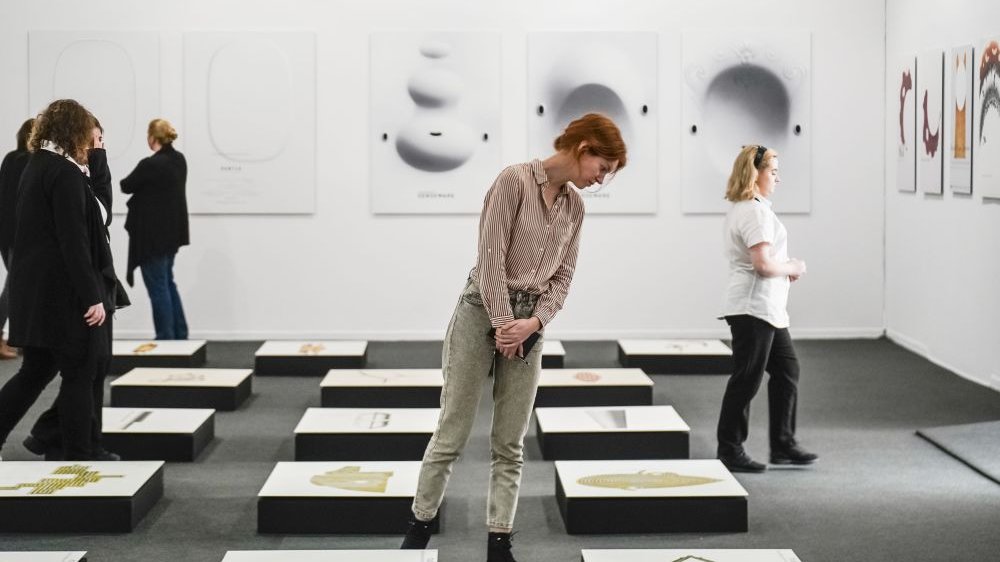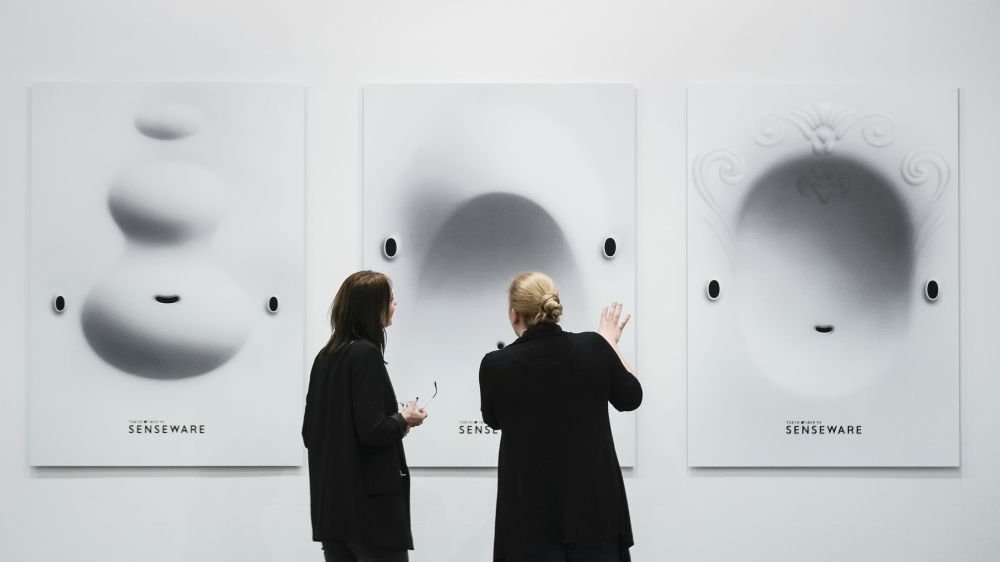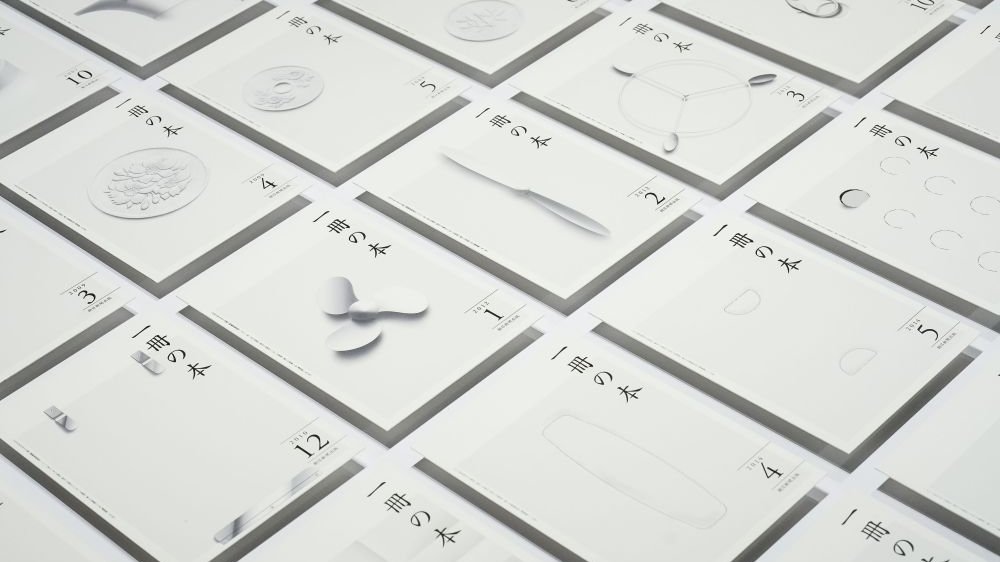A world made of images
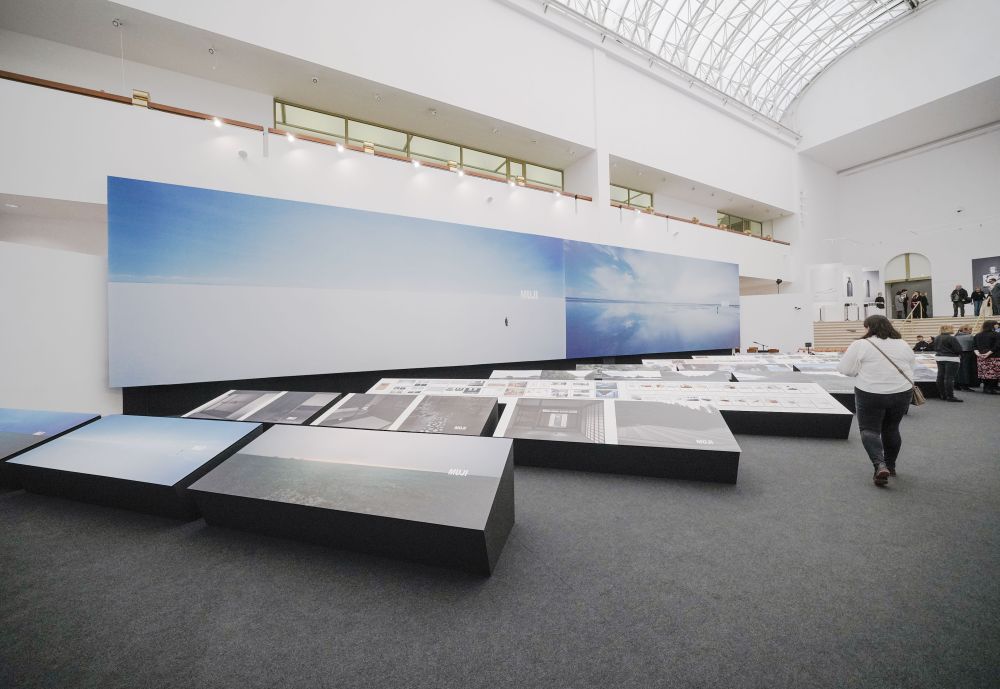
The exhibition "Make the Future Better Than Today. Japanese Graphic Design" has been designed entirely by Hara himself. He is a winner of the Jan Lenica Award of the National Museum of Poznań, which, since 2002, has been given to artists from around the world who have made significant contributions to poster art and design. Each winner is invited to host exhibitions in the NMP. Anna Grabowska-Konwent curated this year's exhibition, while Hara himself took responsibility for arranging the design and the texts prepared for each display rooms.
Hara is the Creative Director at MUJI, and also runs his own studio/think tank, the Hara Design Institute, in cooperation with the Nippon Design Centre. His world is made of images, and he sees design as the development of concepts that transform human desires into living images. Hara views daily life holistically and exhaustively while focusing on every detail. He draws inspiration from Japanese culture, which values simplicity and encourages inquiry. The exhibition features posters, books, magazines, advertising projects, visual identities, and more. The design is highly aesthetic, quiet, even contemplative. Every room is filled with refined details that invite visitors to immerse themselves in Hara's design world.
A self-confident embrace of simplicity that rivals grandeur
The exhibition greets visitors with a dedicated space featuring the designs of MUJI, a brand behind of basic products and everyday objects that has been in existence since 1980. Hara, who has been the Creative Director of the brand since 2001, has developed the concept of emptiness in his designs, which is often mistaken for minimalism. Hara views emptiness as a vessel that fosters creativity and as a fundamental way of being. He draws inspiration from the Japanese understanding of emptiness (ku), which is derived from Buddhist tradition and carries multiple interpretations. For Hara, emptiness presents an opportunity to fill in content and pose questions, as well as the willingness to be inspired and accept countless and varied responses.
This openness, neutrality, and comprehensive thinking are evident in every phase of MUJI projects. The emptiness serves as a guideline that prevents objects from being overly complicated. The goal is to allow users the creative freedom, which is precisely why instead of offering a "coffee table", the brand instead markets an "oak table" whose purpose is left undefined, leaving room for interpretation.
Informative sculptures
As you step into the next space, prepare for a deep dive into words, images, and textures that serve as book equivalents of the exhibitions created by Hara. These publications not only document the conceptual development carried out in each project but also capture the meticulous planning that goes into designing exhibitions and the displayed objects. Among the featured works are magazine covers, photobooks, catalogues, and a unique book that remains unopened.
The spatial arrangement of this room is captivating. Although Hara's editorial and curatorial activities are presented in one of the smallest rooms, it is paradoxically easy to lose oneself in Hara's aesthetic publications and spend hours there. The most compelling feature is a towering stack of books, a holistic piece that perfectly embodies the artist's approach to his creations. For Hara, books are not just carriers of information, but also works of art in their own right, defined through the lens of information sculpture. The materials used, the way they are displayed, and the sequence in which they are presented all hold equal importance in Hara's hierarchy.
The ancient depths of human memory
The next room is dedicated to Hara's poster designs, showcasing both his early works, which resulted from his "casting a fishing rod deep inside himself", and his more recent projects. This unique journey through time starts with Hara's first foray into applied graphics and ends with his latest pieces. The works reflect the concept of "emptiness", a particular search, and an openness to new sensations. Surprisingly, the posters are displayed on the floor, in chronological order, forming a timeline through history that invites the viewer to travel through Hara's artistic output.
In this room, you will encounter a motif derived from Japanese classical Noh theatre, the mask, which is often featured in exhibition advertisements. This is just one of many nods to Japanese culture present in Hara's work, with similar inspirations found in posters promoting EXPO 2005. As the Artistic Director of the EXPO, Hara was responsible for the visual setting of the event. The posters allude unmistakeably to Honzo Zusetsu's books illustrated by Shunzan Takagi, who aimed to bring out the characteristics of living organisms with great accuracy. Another intriguing feature is the wall of sketches and designs that depict the process of poster creation.
Freedom of choice in emptiness
The last room of the exhibition is divided into two sections, one showcasing video documentation of the Neoprehistory and Teikūhikō projects, the other displaying Fuzzy, an interactive visualization specially created for the Poznań exhibition. Hara describes Fuzzy as "a 3D transformation of a poster with facial images. (...) All the faces drawn in pencil are motionless objects shown from the front, reminiscent of the masks of Noh theatre. However, when viewed from the side, an unexpected shape is revealed. The Noh mask does not represent specific states of the spirit (...). Displaying them [the masks] from the side in 3D form strips them of the symbolism inherent in the Noh mask. They become (...) objects that are alive, subtly trembling, making small movements, and engaging in silent conversation with the viewer".
Fuzzy is a perfect and subtle summary of the exhibition. Standing at the centre of the installation, one can move around and observe the effects of the interaction with the Noh masks. It is impossible to determine whether one is being watched or followed. Perhaps the masks are trying to engage in a dialogue with us? And what if they are our own reflections? It is a peculiar and silent dance with the inscrutable, to which Hara invites us at every stage of the exhibition.
Klaudia Strzyżewska
translation: Krzysztof Kotkowski
- Exhibition: Kenya Hara: Japanese Graphic Design
- National Museum of Poznań
- open from 24 March to 30 July
© Wydawnictwo Miejskie Posnania 2023
See more

From One Celebration to Another

Christmas Markets and Fairs with Attractions

Truly Festive Vibes

